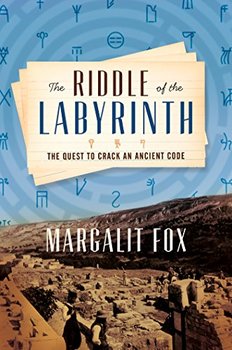
You might think that an historical account about scholars exploring an intellectual challenge would be deadly dull. In most cases, that’s likely to be true. But Margalit Fox’s tale in The Riddle of the Labyrinth is anything but that. As the subtitle hints, “The Quest to Crack an Ancient Code” is as lively and engaging as any book about the cryptographers who tackled the German Enigma and Japanese Purple codes in World War II. By telling her story through the lens of the three fascinating individuals who are most closely identified with cracking the legendary Linear B code, Fox squarely centers her account on the all-too-human frailties that loomed so large in the tale.
Mysterious symbols in an unknown language on clay tablets
Linear B was the name assigned to the mysterious symbols uncovered in 1900 on a vast storehouse of clay tablets on the island of Crete. The tablets came to light at the site of the ancient city of Knossos, a sprawling building “larger than Buckingham Palace” that was dubbed the Palace of Minos after the mythical Mycenaean king. Another, smaller stash of tablets was uncovered much later on the Greek mainland at Pylos bearing very similar though slightly different symbols. But none of those symbols matched anything known to archaeologists, ancient historians, or linguists. Half a century was to pass before scholars deciphered their meaning and conclusively identified the language in which they were written.
The Riddle of the Labyrinth: The Quest to Crack an Ancient Code by Margalit Fox (2013) 385 pages ★★★★★
The Linear B puzzle was for those who seek to understand the ancient world a challenge comparable to Fermat’s Last Theorem for mathematicians. Yet scholars deciphered the 3,000-year-old Linear B code in half a century. Meanwhile, Fermat’s conjecture was proven conclusively only after more than 400 years following its appearance in the margin of a mathematics text.
Three “books” in chronological order
“For five decades,” Fox writes, “some of the world’s most distinguished scholars attempted without success to crack the code.” Eventually, three remarkable individuals played the lead roles in the decades-long drama that led to Linear B’s decipherment. “What all three shared,” Fox notes, “was a ferocious intelligence, a nearly photographic memory for the strange Cretan symbols, and a single-mindedness of purpose that could barely be distinguished from obsession.” Fox tells their stories in three “books” roughly arranged in chronological order.
The Digger: Archaeologist Arthur J. Evans
Few names loomed larger in the ranks of archaeology at the turn of the twentieth century than that of Sir Arthur John Evans (1851-1940). And the miraculous find he came across on the island of Crete in the year 1900 only added luster to his name. As Fox observes, “Evans had come across the ruins of a sophisticated Bronze Age civilization, previously unknown, that had flowered on Crete from about 1850 to 1450 B.C.”
Within less than a week digging at what he believed to have been the Palace of Minos, he turned up a trove of more than a thousand clay tablets that bore inscriptions in a code that came to be called Linear B.
Following the scholarly conventions of the age, Evans kept the tablets hidden until the end of his life four decades later. He allowed no one but his own small staff access to their contents. From time to time he published journal articles that included drawings of tantalizingly small numbers of inscriptions as a way to illustrate the theories he developed to explain their origin and meaning. (Nearly all his theories proved to be wrong.)
For many years following Evans’s death, his former assistant continued to guard the material closely. He would only permit a handful of scholars to examine the tablets on the promise that they would refrain from publishing until his own massive study had made its way into print. And that happened only a very short time before others solved the puzzle with little help from him.
The Detective: Classicist Alice Elizabeth Kober
Fox did not set out to write a comprehensive account of the protracted race to decipher Linear B. Rather, she wrote to set the record straight about the critical contribution of one amazing female scholar. Her name was Alice Elizabeth Kober (1906-50). That “unsung American woman,” in Fox’s telling, “would very likely have solved [the code] had she only lived a little longer.” Her largely unrecognized role in the drama was similar to that of Rosalind Franklin (1920-58) in the quest to untangle the geometry of DNA that won the Nobel Prize for James Watson and Francis Crick.
A professor of classics at Brooklyn College, Kober carried a heavy teaching load. With the exception of a single year supported by a Guggenheim Fellowship, she was able to devote only those evenings and weekends free from preparing lectures and grading papers and exam books. Yet “by the mid-twentieth century [she was] the world’s leading expert on Linear B. And it was she who found the key to understanding its complex structure. “Strikingly,” Fox notes, “she got as far as she did without being able to see any of the tablets firsthand.” Several years later, a young British architect solved the puzzle on the basis of her work.
The Architect: Michael Ventris
He was a prodigy who had never been to college but was “certainly the most natively brilliant of the three major players in the Linear B story.” Michael Ventris (1922-56) was educated in what the English call “public” schools but, unable to afford university, studied architecture at a professional school instead.
Ventris’s first contribution to the quest to break the code was at the age of eighteen in a long article published in a scholarly journal. Though impressive, his reasoning later proved to be entirely incorrect—and he stuck with his wrong-headed assumptions until just months before he finally accepted Kober’s analysis in 1951. Doing so enabled him to find his way to the solution just eighteen months later. At that point, he was not yet thirty.
Fox wraps up her story with a fascinating account of the historical record reflected on the Knossos and Pylos tablets. For decades, scholars had hotly debated the language the symbols represented. Ventris, for example, was convinced for more than a decade that it was a dialect of Etruscan. Kober, sensibly, refused to speculate. Only when the sounds of the language could finally be read was it possible for scholars to determine that the tablets had been written in a “difficult and archaic Greek . . . 500 years older than Homer.” The net effect of these findings was to extend Greek history nearly 1,000 years into the past before the age of Homer. What we know today of the history of the eastern Mediterranean rests in significant part on what we have learned from Linear B.
For related reading
This title is featured on Good books about dictionaries, libraries, and language.
I’ve also reviewed two other books by the same author:
- Conan Doyle for the Defense: The True Story of a Sensational British Murder, a Quest for Justice, and the World’s Most Famous Detective Writer by Margalit Fox (How Sherlock Holmes foreshadowed today’s “scientific detecting”)
- The Talented Mrs. Mandelbaum: The Rise and Fall of an American Organized-Crime Boss by Margalit Fox (She was organized crime’s boss in Gilded Age New York)
Deciphering Linear B was, as Fox makes abundantly clear, little different from the code-breaking efforts that helped the Allies win World War II. To understand the dynamics of that work, check out:
- The Woman Who Smashed Codes: A True Story of Love, Spies, and the Unlikely Heroine Who Outwitted America’s Enemies by Jason Fagone
- The Secret War: Spies, Ciphers, and Guerrillas, 1939-1945, by Max Hastings
- In the Enemy’s House: The Secret Saga of the FBI Agent and the Code Breaker Who Caught the Russian Spies by Howard Blum
You might also be interested in:
- Science explained in 10 excellent popular books
- 20 top nonfiction books about history
- 10 great biographies
And you can always find my most popular reviews, and the most recent ones, on the Home Page.

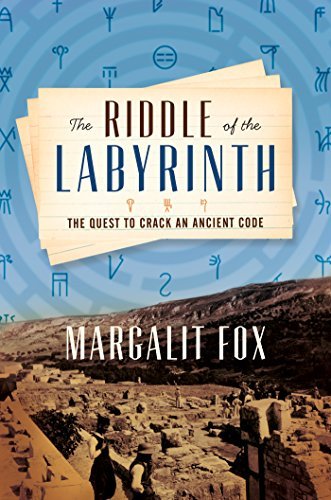
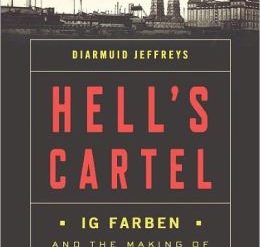
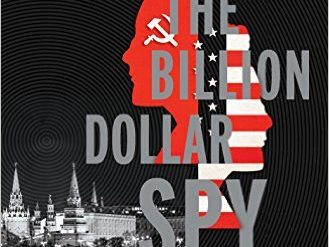

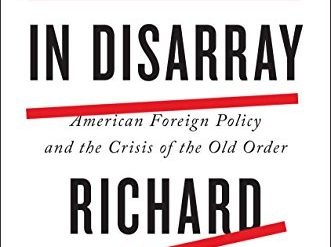





















Wow – a bunch of egg heads for sure. I will take a look a this since II love deep thinking and have always been a “detail” person which drives my family crazy. I am just on the verge of being a hoarder when it comes to books, articles of interest, scrapbooking, genealogy.